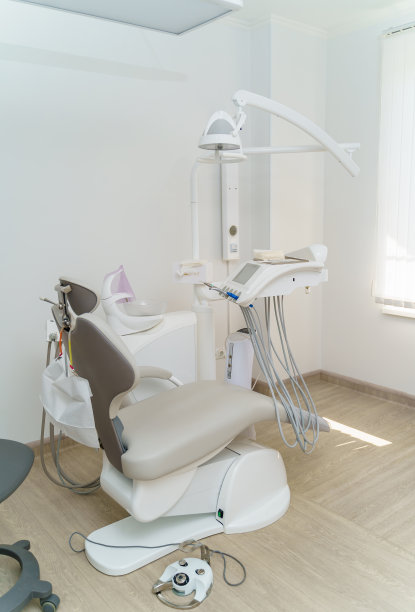Essential Precautions to Ensure Safe and Successful Root Canal Treatment for Optimal Oral Health Recovery
Summary: Root canal treatment is a critical procedure for maintaining optimal oral health, yet it can be daunting for patients due to various associated risks. This article outlines essential precautions that dental professionals and patients both should follow to ensure the treatment is safe and successful. We will discuss the importance of thorough diagnosis and assessment, the role of effective anesthesia, the necessity of sterile techniques, and the relevance of proper aftercare. By adhering to these guidelines, individuals can promote healthier outcomes and enhance their recovery experience following root canal therapy.
1. Importance of Thorough Diagnosis and Assessment

Before undergoing root canal treatment, a precise diagnosis is crucial for successful outcomes. Dentists must conduct comprehensive examinations, which may include taking X-rays, to accurately assess the condition of the tooth and surrounding structures. This step lays the groundwork for an effective treatment plan tailored to the patient’s needs.
Moreover, understanding the patient’s dental history is vital. Health issues like infections or prior treatments can greatly influence the procedure. A thorough assessment allows dentists to predict potential complications and determine the best course of action, enhancing the safety and effectiveness of the treatment.
In addition, effective communication between the dentist and the patient is essential. Patients should be encouraged to express their concerns and ask questions. This openness fosters trust and helps the dentist provide personalized care, ultimately contributing to a successful root canal treatment.
2. Role of Effective Anesthesia in Treatment
Anesthesia plays a pivotal role in root canal procedures. Adequate pain management is essential, as it directly affects the patients comfort level and anxiety during treatment. Before the procedure, it is important for the dentist to select the appropriate type and dosage of anesthesia based on the patient’s health status and individual tolerance.
Local anesthesia is commonly used, allowing the patient to remain awake while providing numbness in the affected area. This technique minimizes discomfort, enabling dentists to perform intricate procedures efficiently. Regular assessments of the anesthetic effect during the treatment are also necessary to promptly address any signs of discomfort.
Additionally, sedation dentistry may be recommended for patients with severe anxiety. This approach helps them relax and allows dentists to work effectively without hindrance. By prioritizing effective anesthesia, dental professionals can significantly improve the overall experience for patients undergoing root canal treatment.
3. Necessity of Sterile Techniques
Adhering to strict sterilization protocols is critical in preventing infections during and after root canal treatment. Dental offices must maintain rigorous hygiene standards, including sterilizing instruments and using single-use materials whenever possible. This practice minimizes the risk of cross-contamination and ensures patient safety throughout the procedure.
Furthermore, the dentist should also wear suitable protective gear, such as gloves, masks, and eyewear. This personal protective equipment not only safeguards the patient but also protects the dentist from potential exposure to hazardous materials during treatment.
The use of antiseptic solutions before the procedure is another crucial aspect. Rinsing the oral cavity with an antiseptic can reduce the bacterial load, allowing more sterile conditions for the root canal intervention. These precautions collectively play a significant role in promoting a safe and successful treatment environment.
4. Relevance of Proper Aftercare
Aftercare is equally important as the procedure itself in ensuring optimal recovery. Dentists should provide clear, detailed instructions on aftercare, highlighting the significance of maintaining good oral hygiene and the proper management of discomfort or swelling post-treatment.
Patients are advised to take prescribed medications as directed, including analgesics, to manage pain effectively. Monitoring the site for any unusual symptoms such as increased swelling or persistent pain is crucial. Should any complications arise, prompt communication with the dental office is essential to address concerns swiftly and efficiently.
Regular follow-up appointments are also recommended to ensure the treated tooth is healing properly. These check-ups allow the dentist to monitor the recovery process, providing an opportunity to intervene should any issues emerge. Adequate aftercare not only speeds up recovery but also enhances the success rate of the treatment.
Summary:
In conclusion, ensuring safe and effective root canal treatment requires a multifaceted approach. From thorough diagnosis and effective anesthesia to stringent sterilization techniques and proper aftercare, each component is vital in promoting successful treatment outcomes. Adhering to these essential precautions aids in the recovery process and contributes to optimal oral health for patients.
This article is compiled by Vickong Dental and the content is for reference only.



